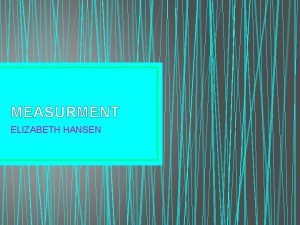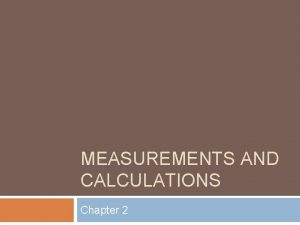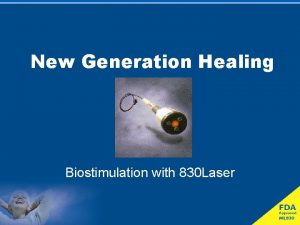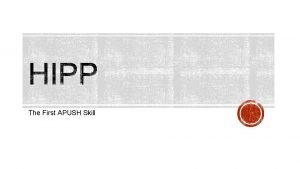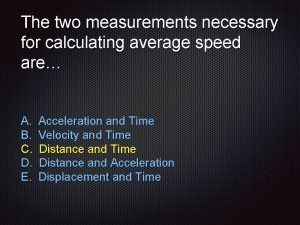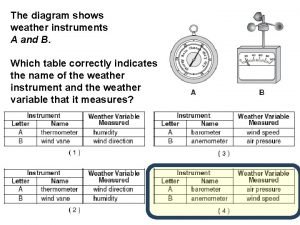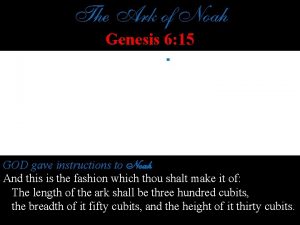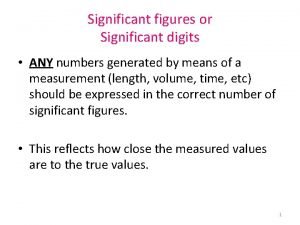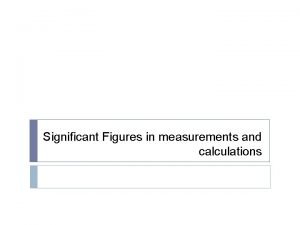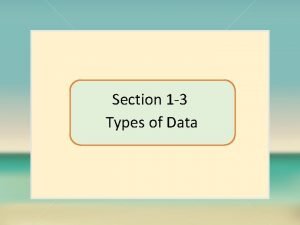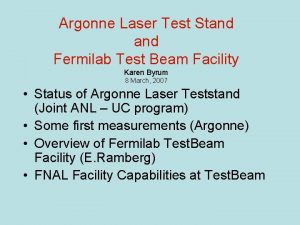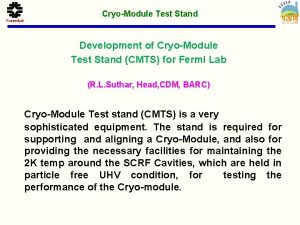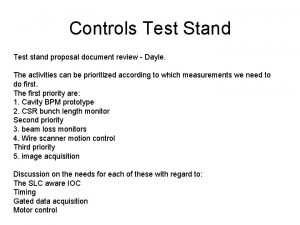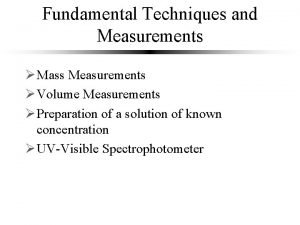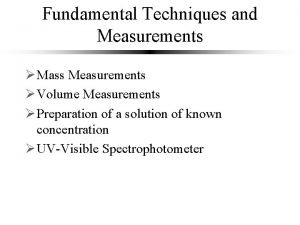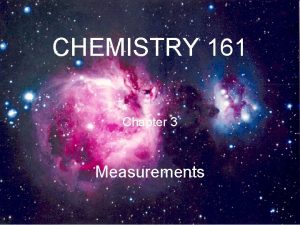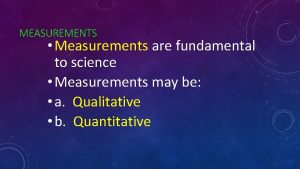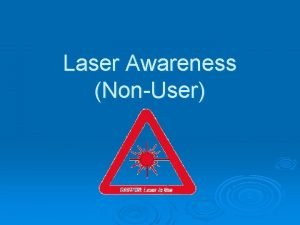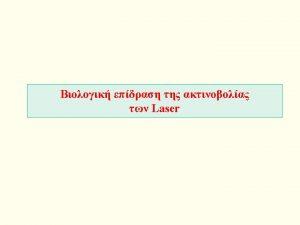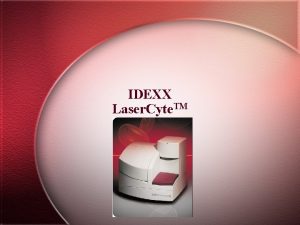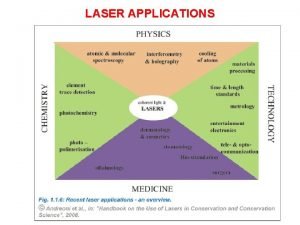LASER TEST STAND FIRST MEASUREMENTS Laser stand 3













- Slides: 13

LASER TEST STAND. FIRST MEASUREMENTS

Laser stand 3 6 4 2 1 5 7 Manual adjustements (1, 2, 3) allow to position sensor under laser beam. Manual angular adjustements (4, 5) allow to point laser beam orthogonnally on sensor surface. Height adjust (6) allows to focus laser to minimal size spot. 1 motorised linear displacement (7) of laser allows to scan along a line on the sensor. All credits to Raphael Dumps !

Laser Characteristics. Laser from `Company MG’ (…Maurice Glaser …) Wavelength 1060 nm. (attenuation length in Si = 400 um). Maybe 850 nm laser is better ? Attenuation length = 30 um. Light would not reach bump bonds and asic ( ->no reflection …) Maximum light output power is 2 m. W : A lot ! Need to insert a strong attenuation (14 d. B) to generate same charge as 1 MIP. ( 1 u. W @ 5 ns = 26 k photons). Spatial size FWHM ~ 9 um. (not yet measured). Time width < 5 ns (measured).

Laser Characteristics. Input voltage to output light power is measured. The light power is measured in 2 ways; Power of laser pulse vs V_in. (with 9 db att) 1000 as TOT count in timepix Or as integrated surface under light pulse on oscilloscope. Power ouput is very linear after turn-on threshold voltage. Short term power stability is good. Shot to shot rms is ~ 5%. (see later>) Light power (TOT count) 900 P_light 800 linear fit 700 600 500 400 300 200 100 0 500 550 600 V_in (m. V) Light power : TOT count vs integrated surface under light pulse (oscilloscope). 1. 00 0. 90 0. 80 0. 70 0. 60 0. 50 0. 40 0. 30 0. 20 0. 10 0. 00 0. 20 650 0. 40 0. 60 0. 80 1. 00 750

Labview analysis panel : TOT mode Laser spot Pixel size Total charge Amplitude individual pixels The laser is free running at 9 k. Hz (110 us period) Timepix shutter window is 100 us Therefor in a run of 100 frames , 93 frames contain a laser shot. Amplitude highest pixel Excellent sho-to-shot Stability. All data is taken with the testbeam DUT Timepix (‘D 04’) and same DAC setting as in testbeam.

Labview analysis panel : TOA mode. Laser spot ‘Chess pattern’ effect Amplitude individual pixels 100 frames with timepix in TOA mode. TOA of pixels is referenced to the TOA of the central pixel (arbitrary set to =10). Pixels run on opposite clock phases in a chess pattern …

Timewalk measurement. Pixel 2 Pixel 1 Pixel 3 Change laser intensity and measure at each setting 100 frames in TOT and 100 frames in TOA mode. Then combine TOT and TOA information per pixel. 10 amplitude settings were taken. Plot shows the measurements for each individual pixel. (arbitrarily offset vertically to seperate individual pixels) This data is taken with preamp DAC=140 d

Timewalk measurement. Same data as before, but without offsets AND corrected for ‘chess board’ effect. (i. e. substract 12. 5 ns from one set of pixels. ) This measurement is taken with preamp DAC=140 d.

Timewalk measurement 1 ke- threshold 20 count ~ 4 ke 25 ns Measurement with preamp DAC=255 d. (Faster rise time : 90 ns. ) No significant improvement in time walk, compared to preamp DAC 255 d ! Note : 22 ke 125 TOT counts Qualitatively similar to published timewalk measurements ( simulation? ) Timepix manual

Some more measurements taken. Largely insensitive to preamp Closer to 4 bit operation Measured TOT for different Ikrum, preamp and THL values. Laser intensity is ~ 1 MIP. Next testbeam, change DAC settings : preamp 140 d and Ikrum 30 d ?

More measurements. Alessandra will start extensive measurements with this setup. Laser spot size measurement. Detailed/precise/ calibrated timewalk measurements. Study TOT gain linearity. Gain uniformity over pixel matrix ( with Fe 55 ? ) 2 D cluster position interpolation. … many interesting results to come !!!!

Reminder testbeam: Time-walk: analysis look at time differences between hit pixels in 2, 3 and 4 pixel-clusters. 1 -pixel cluster are useless: but all runs are with DUT-angle of 0 degree. . Next test-beam DUT should be at 18 degree angle ! plot distribution of the time difference between the hit pixels of the same cluster. run 648 run 650 run 649 run 651

Reminder testbeam : ‘Calibrated’ charge spectra: (track angle = 0 degree. ) same data as before, but non-linear gain correction (‘calibration’) applied. yellow curve= corrected individual pixel spectrum. now the spectra align quite well !
 Which civilizations were the first to record measurements?
Which civilizations were the first to record measurements? How to calculate percent error in chemistry
How to calculate percent error in chemistry Agility t test
Agility t test Ml 830 laser
Ml 830 laser Stand up stand up for jesus
Stand up stand up for jesus Come on everybody stand up stand stamp your feet
Come on everybody stand up stand stamp your feet Hipp apush
Hipp apush What does drabcd stand for in first aid
What does drabcd stand for in first aid The two measurements necessary for calculating speed are
The two measurements necessary for calculating speed are The diagram below shows a weather instrument
The diagram below shows a weather instrument God genesis
God genesis Significant figures definition
Significant figures definition Unlimited significant figures
Unlimited significant figures It consists of numbers representing counts or measurements
It consists of numbers representing counts or measurements
